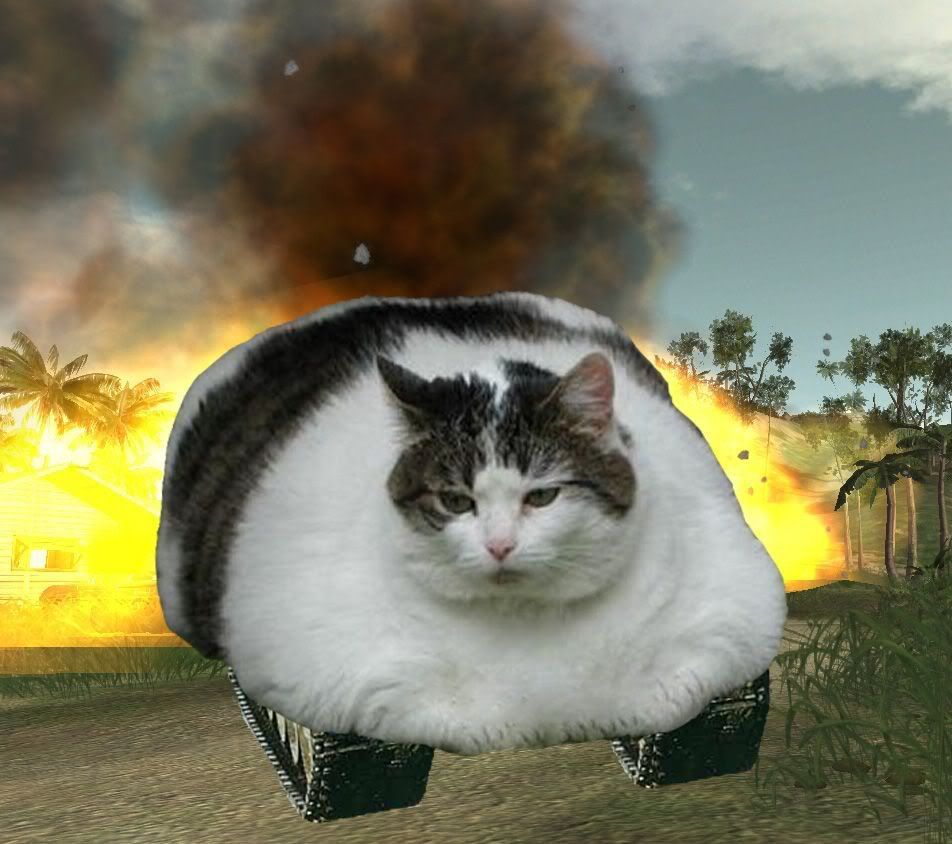If anyone really wants to nerd-out over ratings, here is the complete ACA rating system. It does change, and has been changed in the past year, most likely resulting in some confusion. I've highlighted in red the parts that apply to Fish Fork canyon. Obviously someone slipping in the bathtub does not make said bathtub a 3CIVX, but I think the specific wording in the rating system is objective.
(AW - I haven't done Heaps or Imlay, so I can't directly compare, and this post is not specifically aimed at you)
I hope others will take our description of the canyon seriously as it would be a huge weight on my conscience if anyone got hurt or killed because I presented it as a fun thing to do on a weekend if you have some rope. Our group getting through this canyon without injury should not imply that anyone found it "easy" in any way.
Many people on this board climb Baldy in winter, and have a swell time with little risk to themselves. That doesn't make winter mountaineering on Baldy "easy", it makes those people very good at what they do. I wouldn't make it to the Ski Hut without stabbing myself with an ice axe, so I stick to what I know.
The basic format of the ACA Canyon Rating System includes two digits. The first digit is numeric and represents the values described below related to terrain and rope work. The second digit is an alpha character representing the values described below related to water volume and current. Additional values may be added to represent relative risk and time/commitment. Ratings are cumulative. For example: descending a Class 3 canyon will require the skills listed under Class 3, as well as those listed under Classes 1 and 2.
NOTE: Ratings refer to descents in normal conditions, during what is considered the normal season for the canyon. Adverse conditions, such as higher than normal water volume or colder temperatures, will increase the difficulty of the descent.
TERRAIN / TECHNICAL ROPE WORK
1 Canyon Hiking
Non-technical; no rope required. May involve some easy scrambling requiring the occasional use of hands for balance and support. Travel is possible up or down canyon. See route description for more information.
2 Basic Canyoneering
Scrambling, easy vertical or near vertical climbing and/or down-climbing
requiring frequent use of hands. Rope recommended for hand lines, belays,
lowering packs and possible emergency use. Travel is possible up or down
canyon. See route description for more information.
3 Intermediate Canyoneering
Exposed technical climbing. Down-climbing could be difficult and dangerous;
most people will rappel. Rope required for belays and single-pitch rappels.
Obvious natural or fixed anchors. Retreat up canyon will require ascending
fixed ropes. Basic pothole escape techniques (i.e. partner assist, counter-
weights) may also be required. See route description for more information.
4 Advanced-Expert Canyoneering
Route may involve any combination of the following: 1) difficult and exposed free climbing and/or down-climbing, 2) climbing using direct aid, 3) multi-pitch rappels, 4) complex rope work (i.e. guided rappels, deviations, rebelays), 5) obscure or indistinct natural anchors, 6) advanced problem-solving and
anchor-building skills. See route description for more information.
WATER VOLUME / CURRENT
A Normally dry or very little water. Dry falls. Water, if present, can be avoided and/or is very shallow. Shoes may get wet, but no wetsuit or drysuit required.
B Normally has water with no current or very light current. Still pools. Falls
normally dry or running at a trickle. Expect to do some deep wading and/or
swimming. Wetsuit or drysuit may be required depending on water and air
temperatures.
C Normally has water with current. Waterfalls. Expect to do some deep wading and/or swimming in current. Wetsuit or drysuit may be required depending on water and air temperatures.
Class C canyons may be rated more precisely
using the following system:
C1 - Normally has water with light to moderate current. Easy water hazards.
C2 - Normally has water with strong current. Water hazards like hydraulics and siphons require advanced skills and special care.
C3 - Normally has water with very strong current. Dangerous water hazards. Experts only.
C4 - Extreme problems and hazards will be difficult to overcome, even for
experienced experts with strong swimming skills.
NOTE: Water level in any canyon can fluctuate greatly from year-to-year, season-to- season, even day-to-day. If, upon arrival at a canyon, you discover the water volume/ current is greater than indicated by the rating, descent will be more difficult than suggested by the route description. It will be necessary to reevaluate your decision to attempt the descent.
RISK / SERIOUSNESS (OPTIONAL)
G General Audiences
Should be straight-forward for those who possess appropriate skills.
PG Parental Guidance Suggested
Even with appropriate skills, beginners may sweat.
R Risky
One or more extraordinary risk factors exist that could complicate the descent. Solid technical skills and sound judgment critical. Not recommended for beginners.
X Extreme
Multiple risk factors exist that will complicate the descent. Errors in technique or judgment will likely result in serious injury or death. Descent should only be attempted by expert canyoneers.
XX Double Extreme
Definitely life-threatening.
NOTE: The presence of a risk/seriousness rating suggests that the canyon will involve higher than average risk. The absence or a risk/seriousness rating does not suggest that there will be no risk. All canyoneering involves risk. Risk factors include number and frequency of rappels, length of rappels (single- or double-rope) and exposure, anchor availability, anchor quality, route finding, obstacles, problem-solving, terrain encountered between technical sections, flash flood potential, availability of exits and high ground, water temperature, prolonged immersion, and difficulty of evacuation or rescue. Specific factors should be addressed in the route description.
TIME / COMMITMENT (OPTIONAL)
Half Day
I Short. Normally requires only a couple of hours.
II Normally requires a half day.
III Normally requires most of a day.
IV Expected to take one long, full day. Get an early start. Bring a head lamp. Plan for possible bivy.
V Expected to take an average one and a half days.
VI Expected to take two or more days.
NOTE: Time estimates are based on average group of 6 people or less. Larger groups and less experienced groups will take longer. An accurate self-assessment of your abilities will be important. For some users, it may be adequate to refer to time in terms of half day, full day or multi day. Others may prefer a more specific estimate and choose to use the Roman Numeral Grade system common in traditional multi-pitch
rock climbing.
EXAMPLES
In conversations, you will often hear canyoneers refer to portions of a canyon’s complete rating. For example; they may simply refer to a canyon as Class 2 (referring to the terrain), as Class B (referring to the water), or as Grade IV (referring to the time required). In guidebooks and web sites, you should find complete ratings.














.jpg)